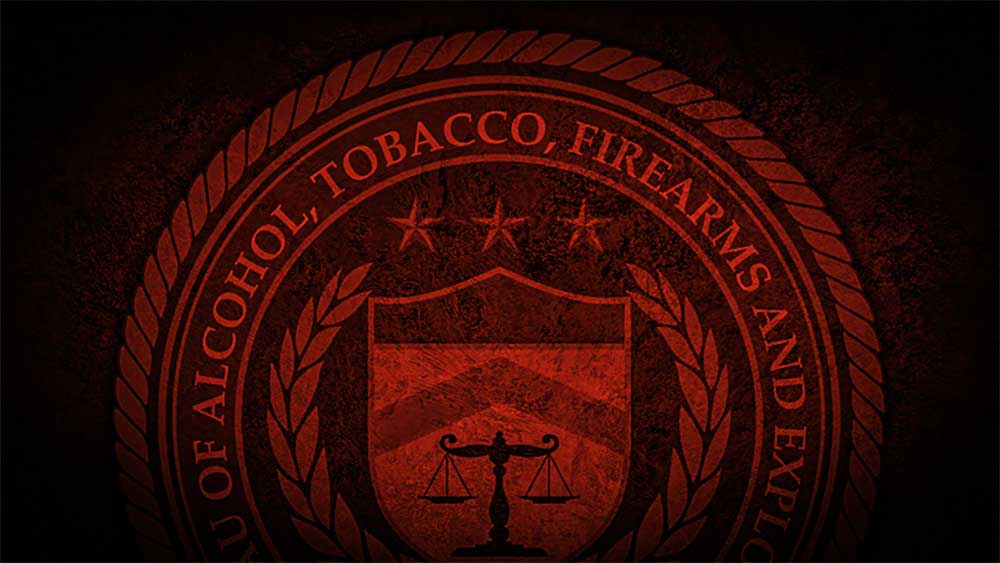Kash Patel Unveils Significant Changes to the ATF Structure
Washington, D.C. – In a transformative decision saluted by many advocates for gun rights, Kash Patel, the newly appointed FBI Director, has introduced a comprehensive plan that may drastically reshape the Bureau of Alcohol, Tobacco, Firearms and Explosives (ATF). Following pressure from 14 Democrats in the House who urged President Trump to dismiss Patel from his role, the Trump administration is reallocating approximately 1,000 ATF agents to the FBI.
This reallocation represents more than a third of the ATF’s total agent workforce.
Overview of the Reassignment Strategy
Patel, simultaneously serving as Acting Director of the ATF, began overseeing both agencies last month under President Trump’s directive. Reports indicate that these agent reassignments are presented as part of a “surge initiative” aimed at enhancing border enforcement and addressing organized crime. However, this could lead to a marked reduction in ATF operations, a change long sought by gun ownership advocates.
“The ATF has been weaponized for too long,” stated an activist supporting gun rights, expressing approval for the recent developments. “It’s about time someone stepped in to start reining them in.”
Potential Long-Term Implications
Although an ATF spokeswoman contends that these changes are only temporary and that agents will continue to support the ATF from different offices, insider sources suggest otherwise. There are indications that, while initially assigned temporarily to the FBI, these agents may be phased out of ATF duties without a definitive timeline for their return. This could signal a permanent decline in the agency’s capability.
The plan, initially reported by CNN, has met with some resistance, including from within the Republican Party. However, despite this pushback, the implementation of the plan appears to be advancing.
A Historical Context for Restructuring
This is not the first instance where a presidential administration has contemplated merging aspects of the ATF with the FBI. Even Vice President Joe Biden suggested such measures during the Obama administration. However, under the Trump-Patel leadership, this proposal may finally come to fruition.
The Current State of the ATF
Currently, the ATF employs around 2,600 special agents and comprises over 5,000 personnel. These figures have remained largely unchanged in recent years. If Patel’s reorganization plan is enacted, it could represent one of the most significant downsizings in the agency’s history.
Concerns About ATF Operations
Gun rights proponents have long criticized the ATF, arguing that it enforces vague regulations with questionable methods, often crossing constitutional boundaries. Historical events, such as the Waco siege and recent actions targeting items like pistol braces and solvent traps, have reinforced perceptions of federal overreach by the agency among many citizens.
Looking Ahead
With Patel’s dual leadership of the FBI and ATF, there appears to be an emerging trend toward prioritizing border security and combating serious crime over the regulation of lawful gun owners. The future of the ATF is poised for a significant transformation.
Stay tuned. The ATF may never be the same again.
For ongoing updates regarding pro-Second Amendment developments and analysis, consider following AmmoLand News.

